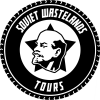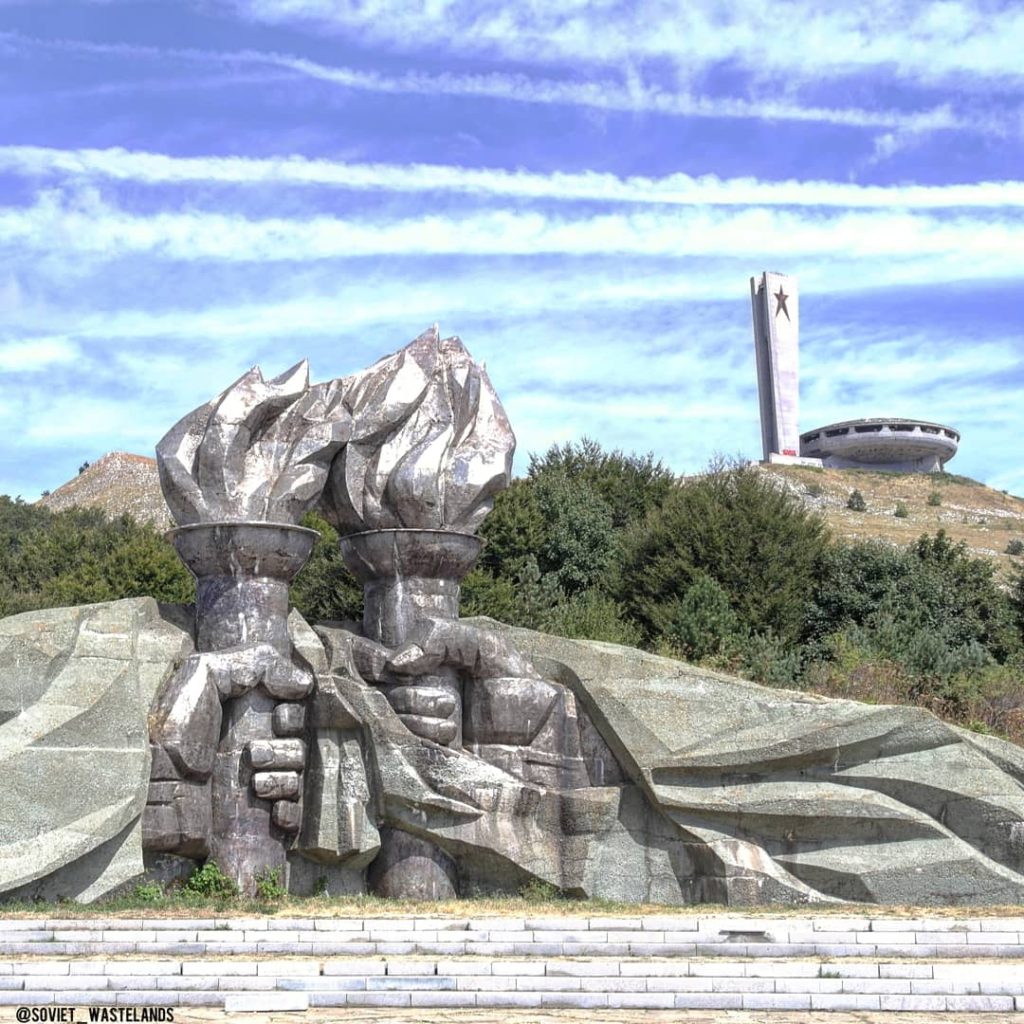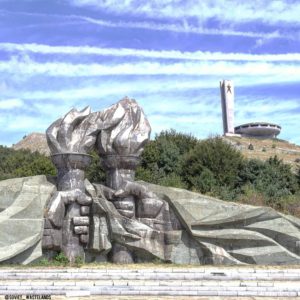 With the Soviet Wastelands office fittingly being based on the Black Sea coast of Varna, Bulgaria, we know a thing or two about the Communist past of this huge country.
With the Soviet Wastelands office fittingly being based on the Black Sea coast of Varna, Bulgaria, we know a thing or two about the Communist past of this huge country.
Despite siding with Fascist forces in WW2, after a Soviet-backed coup in the 1940s Bulgaria operated as a Communist state under the reign of the Bulgarian Communist Party (BCP) between 1946 and 1990. Whilst not part of the Soviet Union, the country was a solid ally of the USSR, a member of the Warsaw Pact and a member of COMECON.
Much like the Soviet Union, Bulgaria transformed itself from an agricultural peasant country into a heavily industrialized socialist country. It had a strong manufacturing sector exporting firstly household goods and in later years computer technologies to such an extent that Bulgaria was nicknamed “Silicon Valley of the Eastern Bloc”. In the late 1980s Todor Zhivkov, the leader of the Bulgarian Communist Party since 1954, began to implement liberal political reforms. The first multi-party election since the early 1930s saw the fall of communism in Bulgaria and the People’s Republic of Bulgaria peacefully became the Republic of Bulgaria. Since then its once-mighty communist monuments seemingly designed to stand for eternity, have mostly been forgotten to time, being sought out by only the hardiest and adventurous of travelers.
A Loyal Soviet Ally:
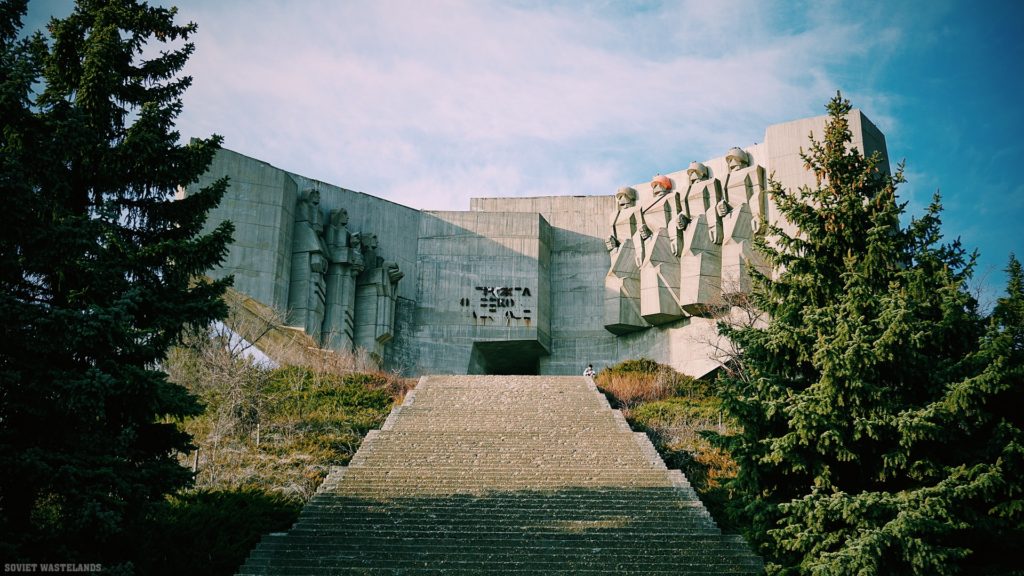
Bulgaria was seen as the Soviet Union’s most loyal ally in the Eastern Bloc. Todor Zhivkov found himself in a spot of trouble in 1960 when he was unable to the national debt of $97 million owed to Western banks. Luckily, Bulgaria had literal tons of gold and silver reserves and asked the USSR to buy them. The gold was transported to Siberia and bought for $23 million (the current value would be over $640 million). With coincidental timing, Zhivkov proposed Bulgaria and the USSR merge closer together and make it the 16th Republic of the Soviet Union.
Bulgarian loyalty was once again proved when during the Prague Spring, the Communist Party of Bulgaria joined the Warsaw Pact invasion of Czechoslovakia and sent in over 2,000 Communist soldiers and 26 battle tanks.
Bulgaria today still boasts many crumbling monuments dedicated to the Soviets. In Varna, there is a gigantic monument to Bulgarian and Russian friendship and in Plovdiv, there is the hulking structure of a Red Army soldier carrying a Soviet submachine gun looming over the city.
Flag of Communist Bulgaria:
The Bulgarian Communist regime edited the national flag and added an emblem of the People’s Republic of Bulgaria on the left side of the white stripe. It featured a lion within a circle of wheat below a red star and above a ribbon bearing the date 9 September 1944, this was the day of Bulgarian Communist coup of 1944 which led to the formation of the People’s Republic of Bulgaria.
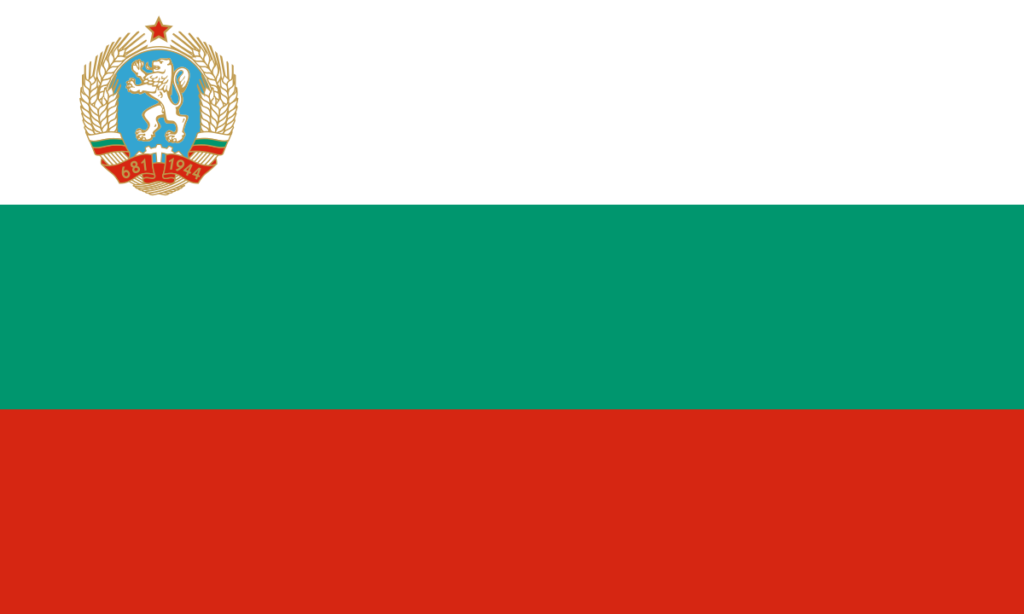
Throughout the year we run a series of group and private tours across the fascinating land of Bulgaria, taking in all of the must-see sights from the Cold War era, staying in original period hotels and sampling the fine cuisine and drinks that define the Balkan peninsula. To begin your Bulgarian adventure, check out our scheduled tours or contact us today for a quote on a private trip!
